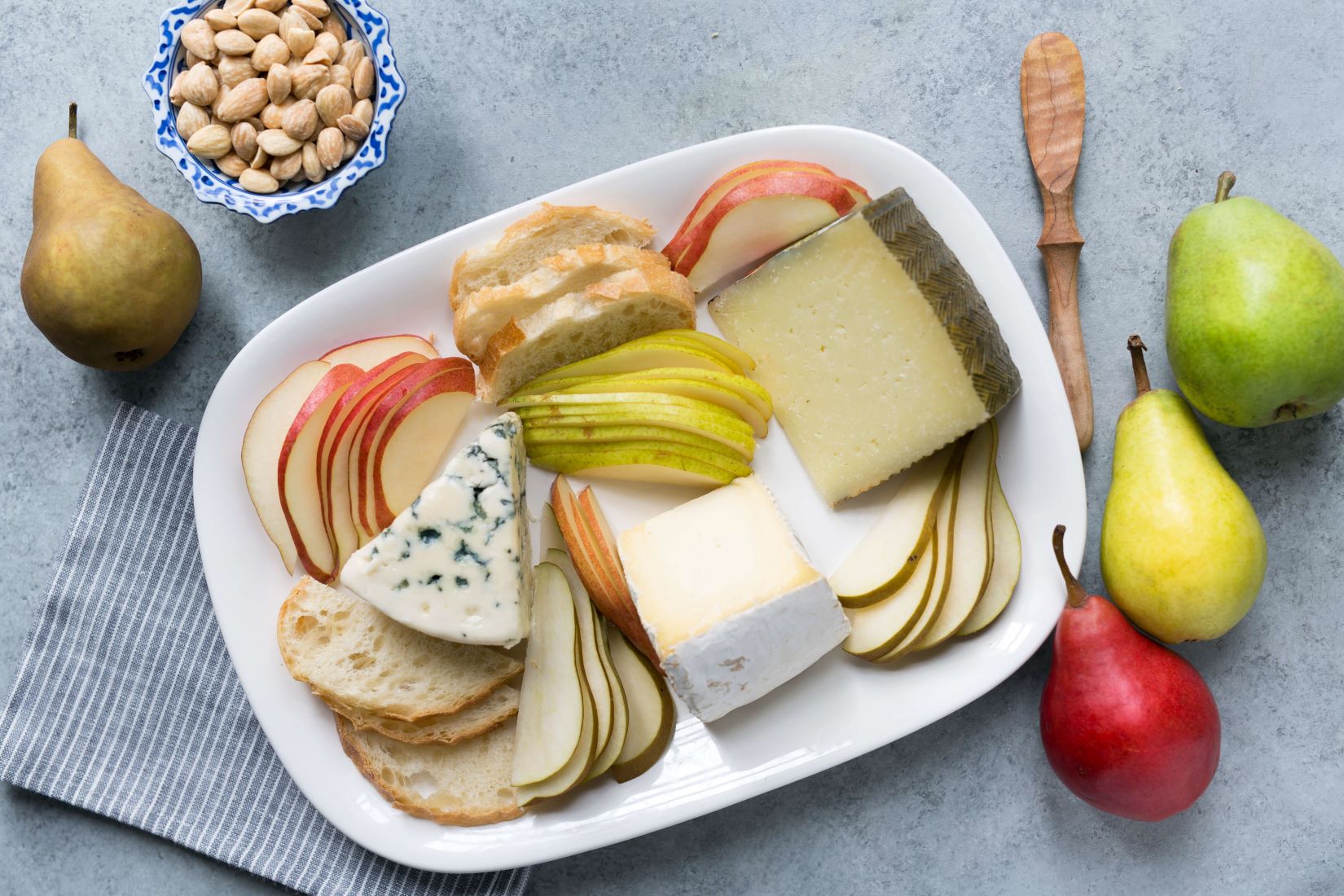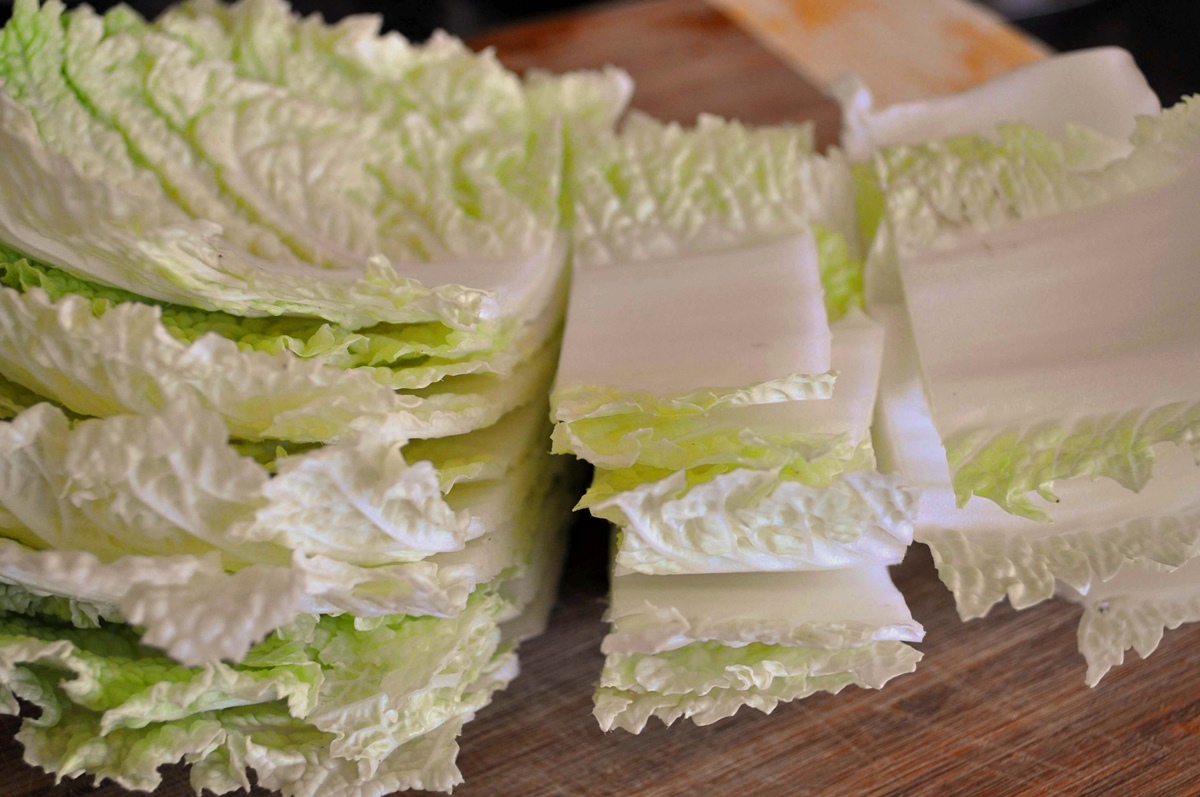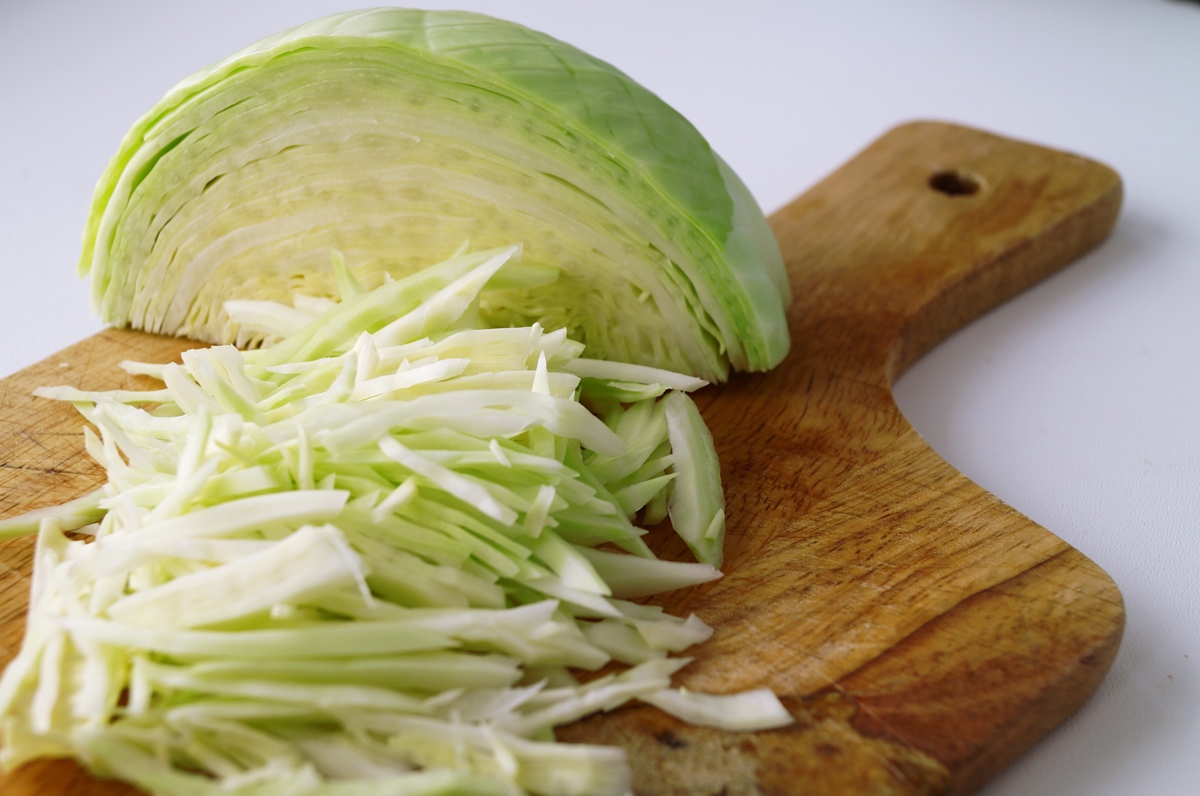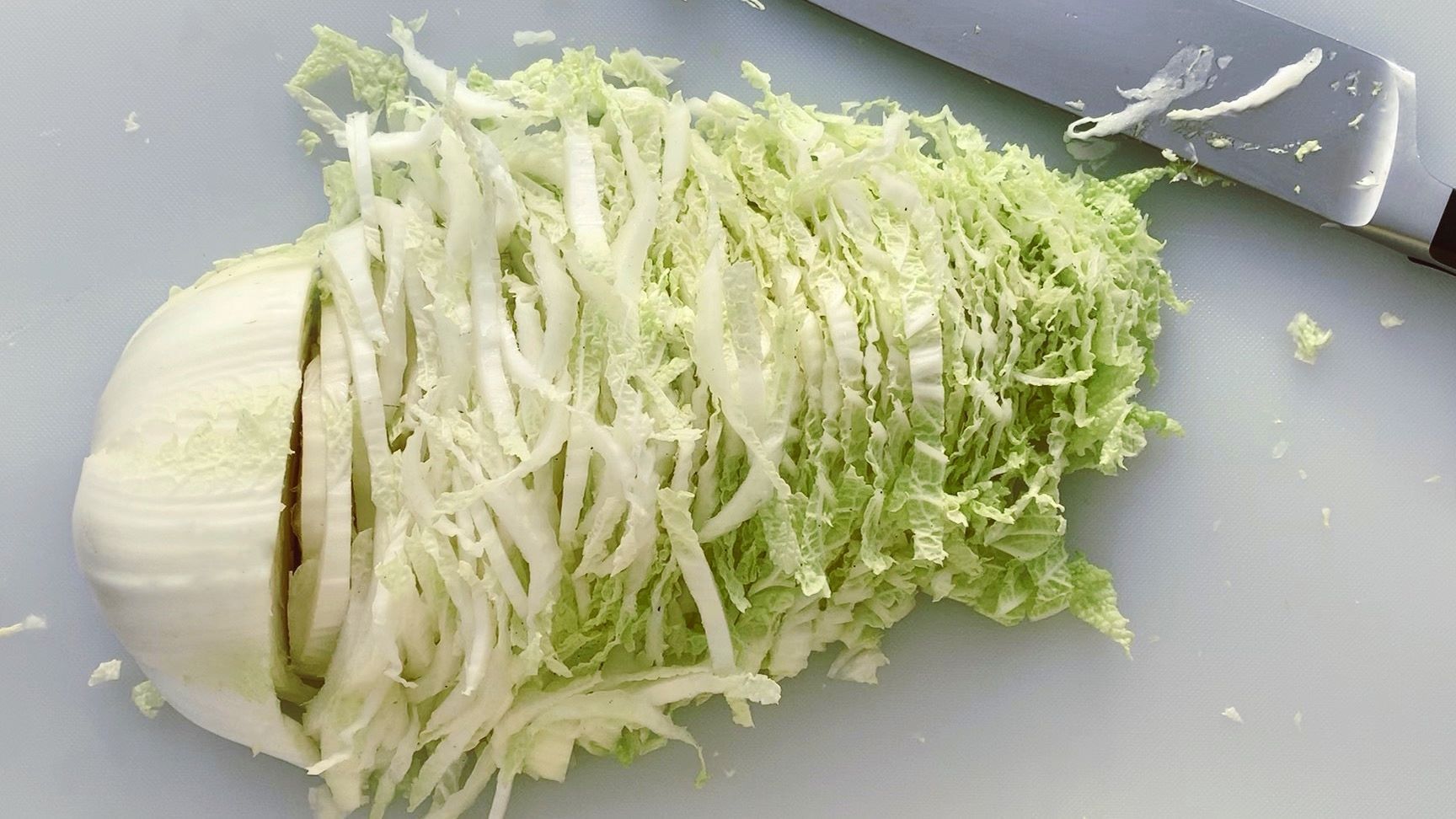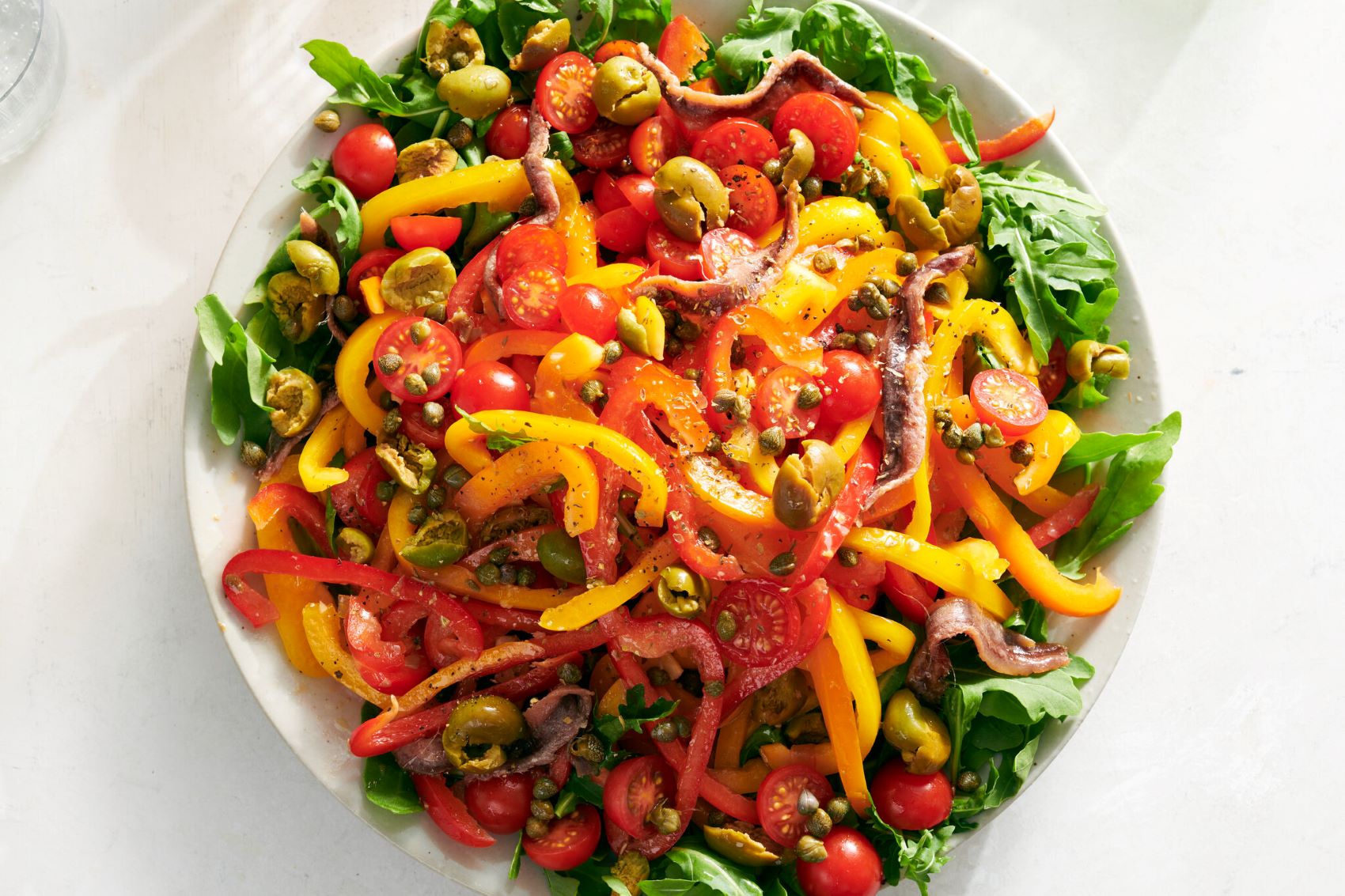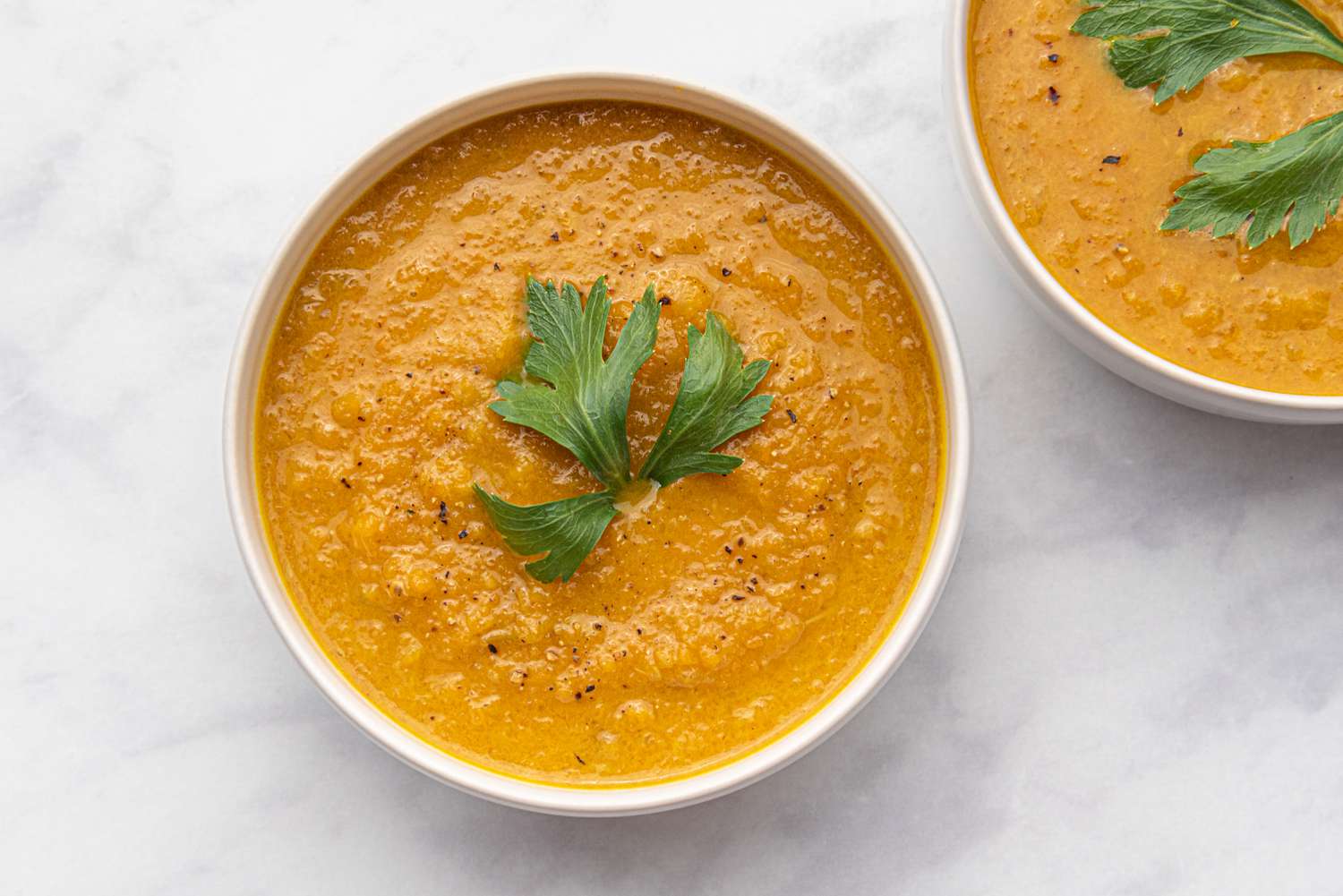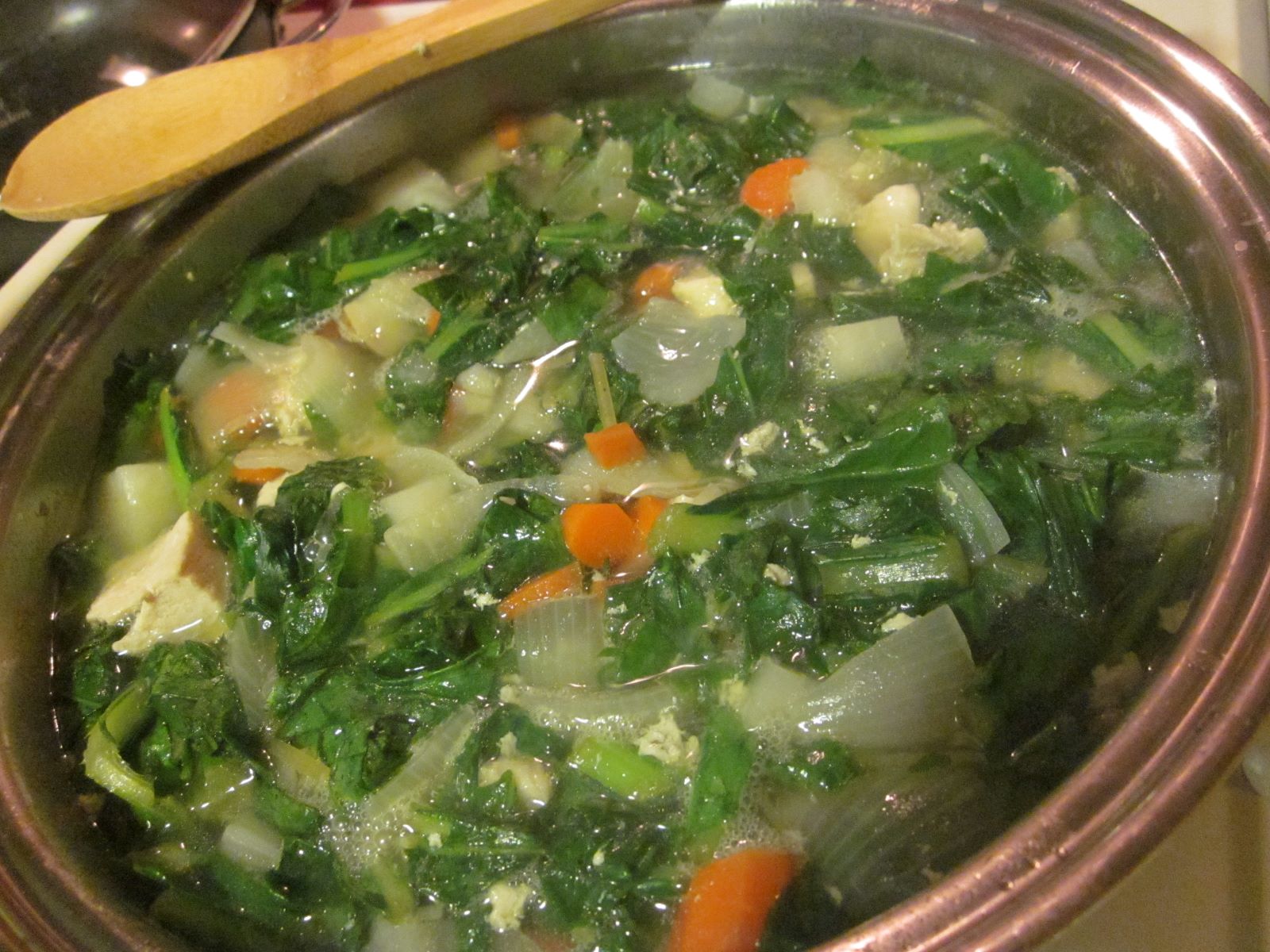How To Cut A Lemon Twist – A Zesty Addition to Your Cocktails
When it comes to crafting the perfect cocktail, the garnish can make all the difference. One such garnish that elevates the taste and presentation of a cocktail is the lemon twist. The aromatic oils released from the lemon peel add a refreshing and citrusy touch to your drink. Whether you’re a professional bartender or a home mixologist, knowing how to cut a lemon twist can take your cocktails to the next level. Here’s a step-by-step guide to help you master this essential bartending skill:
1. Choose the Right Lemons
Not all lemons are created equal when it comes to making the perfect lemon twist. Look for lemons that are ripe, vibrant in color, and free of any blemishes. Organic lemons are a great choice as they are free from pesticides and other chemicals, ensuring a clean and pure flavor.
2. Gather Your Tools
Before you begin, gather the necessary tools to properly cut a lemon twist. You will need a sharp paring knife or a citrus zester. If using a paring knife, make sure it is razor-sharp to achieve clean and precise cuts.
3. Wash and Dry the Lemon
Give the lemon a gentle rinse under cool running water to remove any dirt or debris. After washing, pat it dry with a clean towel or paper towel. A dry lemon makes it easier to hold and cut without any slip-ups.
4. Cut the Lemon
Using a sharp paring knife or a citrus zester, carefully cut off the ends of the lemon. This will create a stable base for you to work with. Place the flat end of the lemon on a cutting board to prevent it from rolling.
5. Score the Skin
With the lemon placed horizontally on the cutting board, make a vertical incision about halfway through the lemon, starting from one end and going to the other. Be careful not to cut all the way through to the flesh, as this will make it difficult to twist the peel.
6. Twist and Release the Essential Oils
Gently hold each end of the lemon and twist in opposite directions. This will help release the essential oils from the skin and enhance the aroma of the lemon twist. Take care not to twist too hard, as you don’t want to break the peel completely.
7. Shape the Lemon Twist
Using your fingers or the handle of a spoon, carefully shape the twisted peel into a more defined twist. You can create a simple spiral shape or experiment with more elaborate designs. Remember, the appearance of the lemon twist adds to the overall visual appeal of your cocktail.
8. Garnish Your Cocktail
Once you’ve shaped the lemon twist to your liking, gently place it on top of your cocktail. It can be perched on the rim of the glass, floated on the surface, or secured with a cocktail pick. The choice is yours! The aromatic oils from the lemon twist will infuse into the drink, enhancing the flavors and providing a delightful sensory experience.
Now that you know how to cut a lemon twist, you can take your cocktail game to new heights. Impress your guests with beautifully garnished drinks that not only taste incredible but also look visually appealing. So, grab your favorite citrus and start twisting!
Mastering the art of cutting a lemon twist can add a vibrant touch to numerous drinks and dishes. For those looking to impress with a cocktail, the Classic Lemon Twist Martini and Lemon Twist Gin and Tonic are great places to start. If you're more of a whiskey lover, the Lemon Twist Old Fashioned and Lemon Twist Whiskey Sour are must-tries. Gin enthusiasts might enjoy the sophisticated Lemon Twist French 75, while tequila fans can shake things up with a Lemon Twist Margarita or Lemon Twist Paloma. For a refreshing non-alcoholic option, the Lemon Twist Sparkling Water is a simple yet elegant choice. Finally, for a culinary twist, try the Lemon Twist Seafood Salad to add a zesty flair to your meal. These recipes not only showcase the versatility of a lemon twist but also elevate your dining and drinking experience.
Was this page helpful?
Read Next: How To Cut Tuna For Sushi

